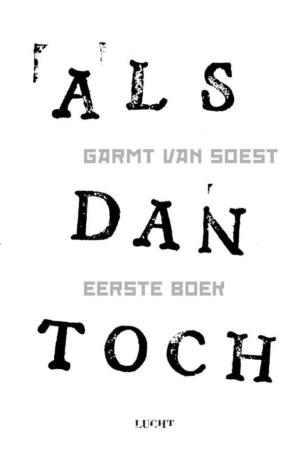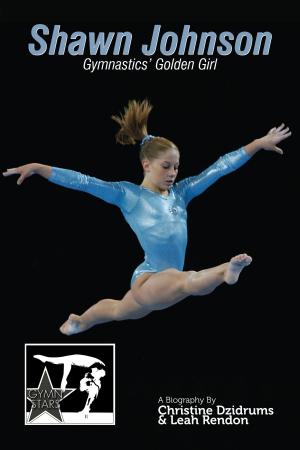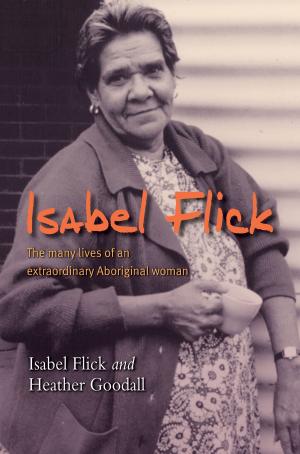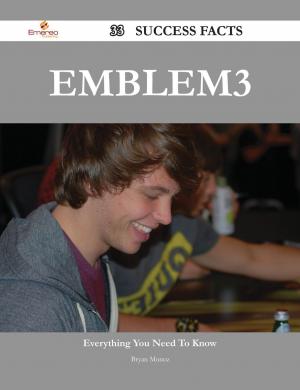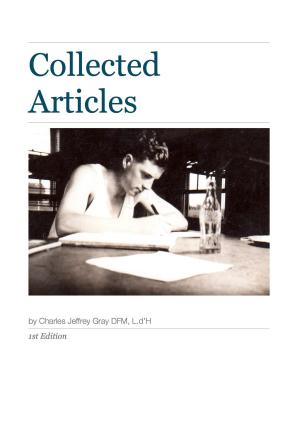Memories of a Countryside Warden
Nonfiction, Family & Relationships, Science & Nature, Biography & Memoir| Author: | Rob Berry | ISBN: | 1230000227634 |
| Publisher: | Mary Berry | Publication: | March 24, 2014 |
| Imprint: | Language: | English |
| Author: | Rob Berry |
| ISBN: | 1230000227634 |
| Publisher: | Mary Berry |
| Publication: | March 24, 2014 |
| Imprint: | |
| Language: | English |
An account of a life working in conservation, commencing with a post with the Wildfowl Trust in the 1960s which led to the single-handed restoration of a Duck Decoy to catch and ring wildfowl for migration studies. This leads to involvement with the 'Wash Feasability Study', the improbable plan to build a barrier across the Estuary creating a water reservoir. Scientic studies on the potential impact demanded large numbers of the wading species using the mudflats be ringed and their movements studied. The catching methods varied from the dramatic, newly devised, cannon net to traditional dazzle netting and flight netting.
A move to the Royal Society for Protection of Birds reserve at Minsmere leads the author to embark on studies of Nightjars and Bitterns, and to devise conservation techniques to improve their breeding success.
On to upland Wales, Lake Vyrnwy in the 1980s, a change of habitat aned work with birds of the moorland such as Hen Harrier and Merlin, while the lower slopes of the valleys have nestboxes well used by Pied Flycatchers, Redstarts and Grey Wagtails.
Finally there is a move back to East Anglia with the National Trust at Ickworth Park near Bury St Edmunds where some colourful (human) characters and orphaned badger cubs all form part of a day's work.
An account of a life working in conservation, commencing with a post with the Wildfowl Trust in the 1960s which led to the single-handed restoration of a Duck Decoy to catch and ring wildfowl for migration studies. This leads to involvement with the 'Wash Feasability Study', the improbable plan to build a barrier across the Estuary creating a water reservoir. Scientic studies on the potential impact demanded large numbers of the wading species using the mudflats be ringed and their movements studied. The catching methods varied from the dramatic, newly devised, cannon net to traditional dazzle netting and flight netting.
A move to the Royal Society for Protection of Birds reserve at Minsmere leads the author to embark on studies of Nightjars and Bitterns, and to devise conservation techniques to improve their breeding success.
On to upland Wales, Lake Vyrnwy in the 1980s, a change of habitat aned work with birds of the moorland such as Hen Harrier and Merlin, while the lower slopes of the valleys have nestboxes well used by Pied Flycatchers, Redstarts and Grey Wagtails.
Finally there is a move back to East Anglia with the National Trust at Ickworth Park near Bury St Edmunds where some colourful (human) characters and orphaned badger cubs all form part of a day's work.


